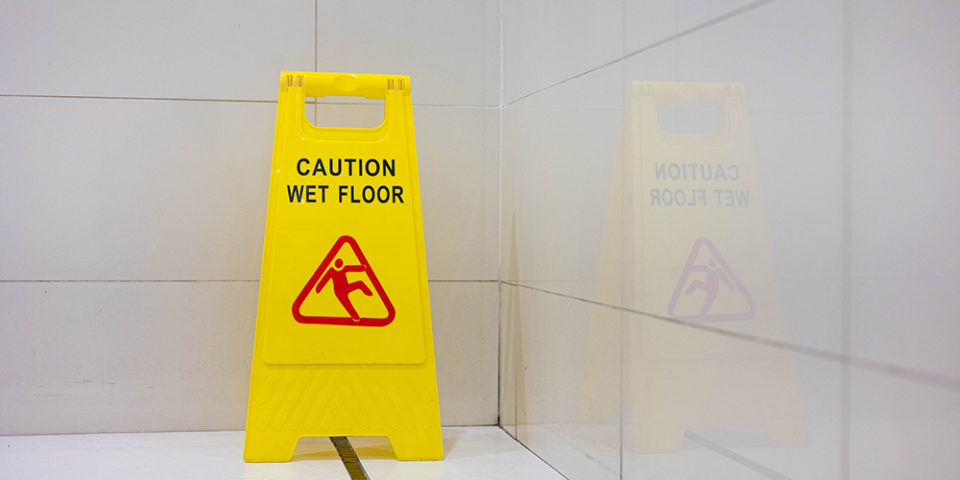Top 5 workplace hazards to avoid
According to the U.S. Bureau of Labor Statistics, there were more than 2 million workplace injuries in 2020. Sandy Hardee, MD, explained the top five workplace hazards and how to avoid them.
Where do workplace injuries usually occur?
Injuries can occur in any type of industry. “We tend to think of manufacturing where you have concrete floors and maybe grease products or other liquids on the floor,” Dr. Hardee said, “but you can also see trips and falls in the office setting where cords or mats are a problem.”
The most common injuries are:
- Slips, trips and falls
- Contusions
- Lacerations
- Fractures
- Strains and sprains
What are the top five workplace hazards?
Contaminants on the floor. Substances such as water, soap, grease, or paint can make walking surfaces slippery. This hazard often occurs in food services areas and places where there are sinks and drains, but it also can occur in building entrances where rain gets tracked inside, as well as around soap dispensers and drinking fountains.
To prevent an accident, it’s important to do the following:
- Keep the floors dry and clean.
- Properly clean the floors using a two-step process:
- Apply cleaning solution with a mop.
- Rinse with water and allow to dry.
- Wear slip-resistant shoes.
- Prevent entry into areas that are wet.
Indoor walking surfaces that are irregular. Generally, this involves an area in a building where there’s damaged or uneven flooring caused by wear and tear or poor installation.
Preventive strategies include:
- Replace or fix any loose carpeting or buckled carpeting.
- Patch or replace any vinyl tile that’s damaged.
- Patch or fill cracks in indoor walkways.
- Create visual cues of walkway elevation, such as yellow paint.
- Replace smooth flooring with rougher surfaced flooring in areas exposed to water, etc.
- Make sure elevator floors line up evenly with hallway floors.
Inadequate lighting. Insufficient lighting impairs a person’s ability to see hazards and happens often in warehouses, parking decks, hallways, storage rooms and stairwells.
To fix this problem, it’s important to install fixtures that emit light from all sides and provide adequate brightness in the area.
Step stools and ladders. These tools can create a hazardous situation when not used properly. Incidents commonly occur in storage areas, medical records offices, kitchens, and pantries, as well as manufacturing settings where supplies are stacked, one above the other.
To prevent injuries, employees should be trained on the proper use of ladders. In addition, do the following:
- Wear appropriate footwear with a closed back and sufficient tread on the sole to prevent slipping.
- Place ladders on a level surface before climbing and make sure it’s fully open.
- Always maintain three points of contact with the ladder while climbing and descending (for example, two hands and one foot).
Improper use of floor mats and runners. Mats are used to prevent slips, trips, and falls, but if they’re not installed properly or used effectively, they can be a hazard. You’ll often see these used in entryways, around water fountains and in food preparation areas.
Mats are only effective if they’re properly used and maintained, so make sure they fit the area, lie flat and are non-skid. Some industries will paint small markers on the floor to remind staff where the mats should be placed.
If you see any of the top five workplace hazards to avoid in your workplace, be sure to notify your employer.
You deserve a safe and healthy workplace
We help employers improve the health and wellness of their workforce by offering a variety of services that can be tailored to meet their needs.
Learn More

